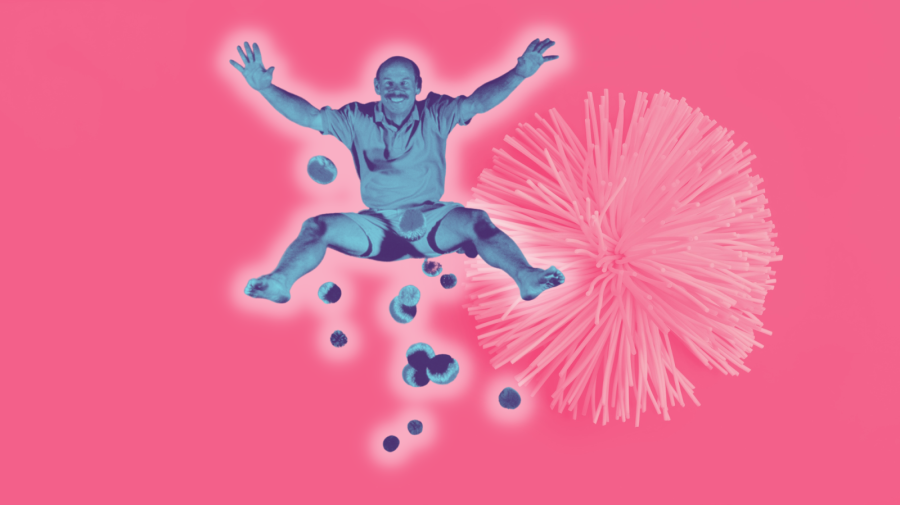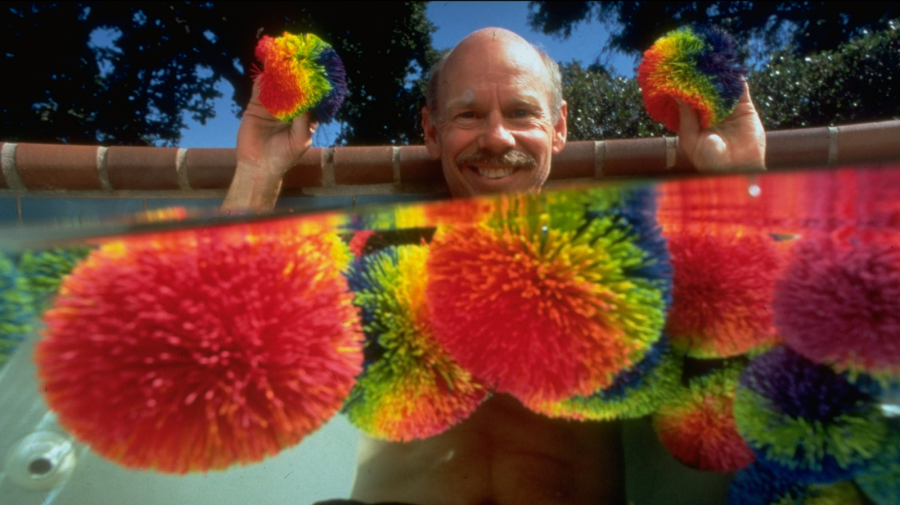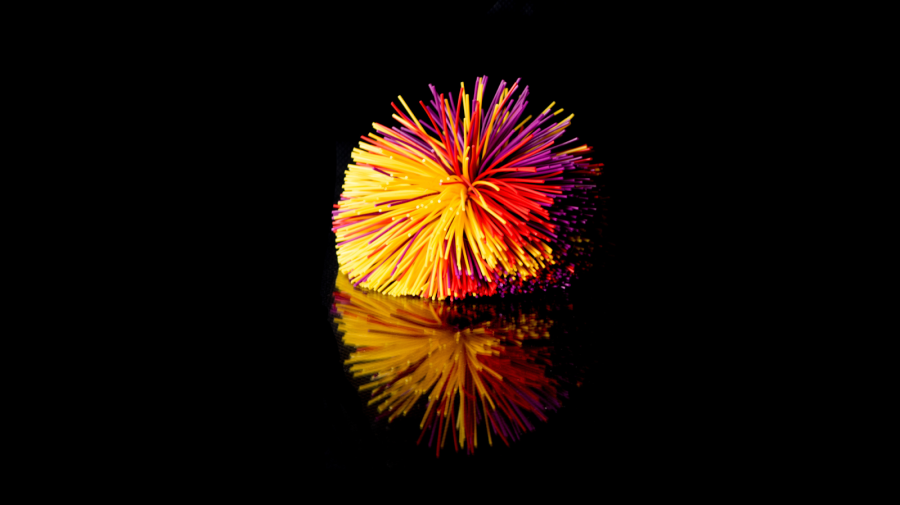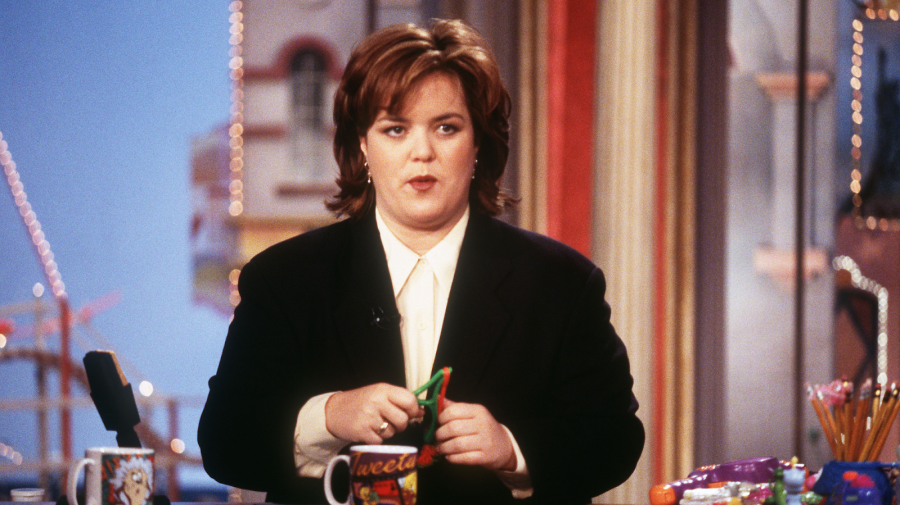
We live in a culture often defined by consumerism, and kids’ toys are certainly a huge part of that. Every year, new toys are released that are more technologically advanced, more complex, more expensive and, well, just more. But one of the hilarious truths of childhood is that sometimes the simplest toys are the ones that are the most fun.
Here’s an example. When I was a kid, I was really into the Calvin and Hobbes comic strips and books by Bill Watterson. In Calvin and Hobbes, there was an ongoing joke in which Calvin would find a big, empty cardboard box, and through the magic of the imagination turn it into a “Duplicator” (which would make cloned copies of him) or — in a real body horror kind of twist — a “Transmogrifier,” which would transform him into various other creatures. Of course, the joke here was that it was all about the imagination. It was always just a cardboard box.
In the spirit of the cardboard box and other incredibly simple toys, I think it’s time to celebrate the Koosh ball, the hit toy of 1987 that was just a ball with a bunch of rubber bands sticking out of it. Described in the early days as “a cross between a porcupine and a bowl of Jell-O,” Koosh balls were a huge hit the moment they came out. Those same Koosh balls are, remarkably, still a hit now, 35 years later. Simple as it remains, however, there are some things about the Koosh that may surprise you.
The Koosh Started With a Simple Game of Catch

Charmingly, inventor Scott Stillinger came up with the Koosh ball as a way of teaching his kids to play catch. His kids were 5 and 8 at the time, and he wanted to create a ball that “was soft, bounceless and easy to grasp.” Mission accomplished.
The 1987 patent for the Koosh ball puts it best. “One of the problems with many conventional throwing/catching devices is that, on impact, they do not absorb much energy, and accordingly, tend to bounce and get away from one’s grasp easily. Also, they sometimes hurt to catch.”
The Koosh’s many tiny filaments disperse energy in the softest way possible and prevent the ball from bouncing, despite being made entirely of rubber. Have you ever tried to throw a Koosh ball at someone? As a child of the Koosh era, I can tell you: It’s not very satisfying. When it hits you, it basically feels like a soft breeze.
The Koosh Was Named One of the 100 Greatest Toys of All Time

The simplicity of the Koosh becomes all the more profound when you consider that, when Time magazine listed the 100 Greatest Toys, Koosh made the cut. It was one of only a few balls to be listed, alongside the beach ball, the Magic 8 Ball, the Wiffle ball, the SuperBall and the NERF ball. That’s some illustrious company, and just goes to show how ingenious Koosh’s many developments were.
The Koosh Is a Perfect Example of Onomatopoeia
It’s probably the English teacher in me coming out here, but the word “Koosh” is a classic example of onomatopoeia. Onomatopoeia, of course, is when a word is created from the sound of what is being named. Buzz, hiss, etc. — these are other examples.
When Stillinger named the Koosh, he named it for the sound it makes when it hits your hand. Close your eyes and listen, and you can almost hear it. It’s hard to say exactly what the impact of a name like this is, but it is my firm opinion that a huge part of the success of the Koosh ball is directly related to how fun the word itself is.
Related: The inventor of the Koosh called the thousands of little rubber filaments that project from the center “feelers.” This is appropriate, since the Koosh does look like some kind of sci-fi lifeform that crash-landed in the desert and found its way into our lives.
The Koosh Ball Starred on The Rosie O’Donnell Show
The Rosie O’Donnell Show, which aired on daytime television from 1996 until 2002, was at the center of the Koosh’s impact on popular culture. Part of the lighthearted atmosphere of the talk show involved Rosie flinging Kooshes into the audience. It’s hard to explain why this was such a big deal at the time, but it was. In some ways, it was the most famous thing about the show.

That became even more true in 2001 when an audience member named Lucille DeBellis sued after getting hit in the face with a Koosh. What’s more, it was a Koosh flung by a special Koosh-flinging device called a Flingshot! DeBellis sued for $3 million and eventually settled, but it’s not known how much she settled for. Given the safety precautions enumerated in the Koosh’s original patent, it’s a little hard to imagine that the Koosh caused much harm, but who am I to judge?
Ruth Bader Ginsberg Ruled on the Koosh Copyright
Way back in 1988, five years before Ruth Bader Ginsberg finally became a justice on the Supreme Court, she was a judge on the United States Court of Appeals for the District of Columbia Circuit. In that capacity, she ruled in a copyright case involving the Koosh ball.
We don’t necessarily need to get into the legalese of this here, but the case arrived after a series of appeals, and RBG ended up ruling that the court couldn’t rule on the case after all. Still, the fact that the Koosh ball ended up in the court of a judge who would go on to sit on the Supreme Court is a kind of hilarious turn of events.
Koosh Balls Have Lots of Other Uses
The Koosh, like many simple objects, has uses beyond its original purpose. When you consider the fact that the Koosh was invented in part as an educational device for helping kids learn to play catch, this checks out.
For one thing, Kooshes have been used in artistic projects from design to painting. The unique texture of the Koosh makes it possible to create all kinds of interesting finishes.
The Koosh is also a great tool for stress relief in all kinds of fun contexts, but the Koosh has more serious applications in therapy as well. For example, Koosh balls can be used in therapeutic techniques treating trichotillomania, a compulsive hair-pulling disorder.
When you add it all up, there’s no denying the staying power of the Koosh ball. It’s such a perfect little toy — fun to play catch with, and useful in all kinds of other situations. It’s been one of the most popular toys around for 35 years, and it’ll probably be popular for the next 35, too.

 Seth Landman
Seth Landman




